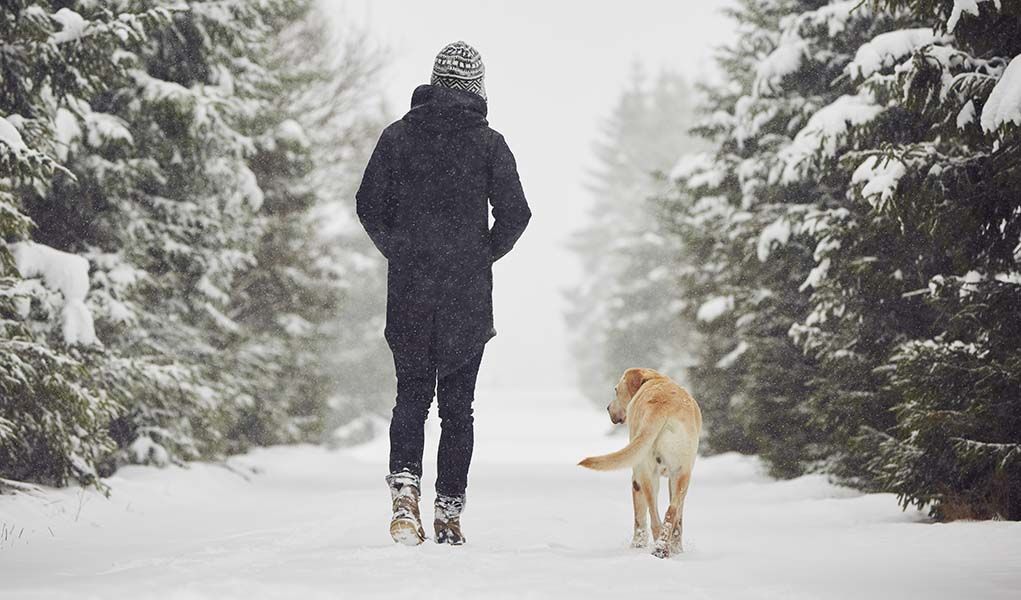
10 Tips for Walking Your Dog in Cold Weather – 2024 Guide
Just as people need to be outside even on cold winter days, so do dogs. It is a misconception that running pets in the cold in winter should be avoided to avoid catching a cold. However, it turned out that going out even at low temperatures is very important for the immunity of your pets because in this way the body is strengthened and creates resistance to cold. Dogs are very active animals that like to run, this way they will consume excess energy, so you will not be afraid that they will nibble on the furniture in your apartment, and at the same time, they will warm up and raise their body temperature.
This of course does not mean that the breeds you keep in the apartment, small dogs with shorter hair, keep in the cold all day. Short-haired dogs are more sensitive to cold, while some breeds such as the Siberian Samoyed, Husky, German Shepherd, Akita, Newfoundland will enjoy the cold weather. There are a few things you can do for your pet to make the walk as enjoyable as possible.
1. Dress your dog
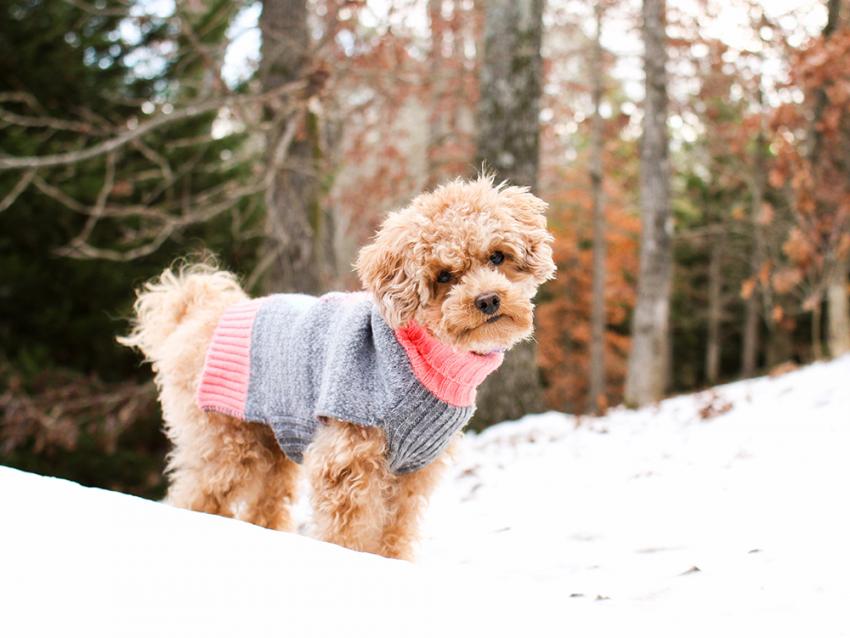
It is recommended to wear winter clothes to small, short-haired dogs that shiver in the cold. Today, there are many fashion collections for pets, and in addition to looking beautiful, the priority is to keep the dog warm, in which they succeed. In rainy weather, a raincoat made of waterproof material is recommended. When choosing coats, it is important to pay attention to the choice of materials (natural materials are recommended), as well as to be comfortable and cool, ie not to hinder the dog in movement and play. To affect, the coat must cover the area from the neck to the tail, including the parts around the abdomen, that is, that the vital organs are protected because otherwise, the clothing has no purpose. On DeListProduct you can find more about clothes. Care should also be taken not to overheat the dog, so clothing is only recommended in extreme cold.
2. Take a blanket with you
Most dogs are not cold while moving, and if you do not stop often to apologize to passers-by, the walk will be pleasant for your pet. However, if you decide to drink coffee in a nearby cafe, and your dog is forced to wait for you in front, it would be good to cover him with a blanket and make the wait more pleasant. What is not recommended at the moment is to dress the dog, especially not in a waterproof material, because it is probably wet, and the material will not allow the hair to dry, so moisture will reach the skin, which can lead to colds and other health complications.
3. Walk in the warmer part of the day
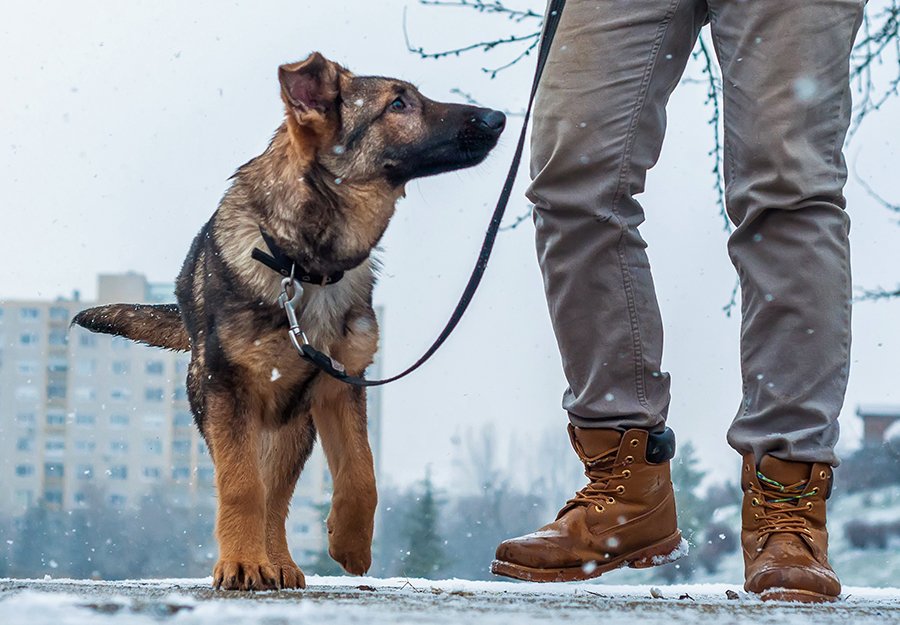
Yes, clothing protects vital organs, but it does not protect the ears, croup, and muzzle, which are also very sensitive to cold. Forget about late, long, evening walks in the winter, but try to do it in the hottest part of the day. Otherwise, you will do more harm than good to your pet.
4. Nurture your dog’s paws
You have probably already noticed the changes in your feet when the cold days come – the skin becomes dry and cracked. Pets have the same problem, especially because the salt that is sprinkled on the roads to prevent slipping, accumulates between the paws and favors the development of bacteria. Salt can corrode the pads of the paws and cause wounds that will prevent the dog from walking freely. Therefore, it is recommended that you smear your paws with Vaseline or beeswax before taking your pet for a walk. There are also many creams designed to treat bass paws. After walking, paws must be inspected and cleaned of salt deposits, if any.
5. A warm place to relax after a walk
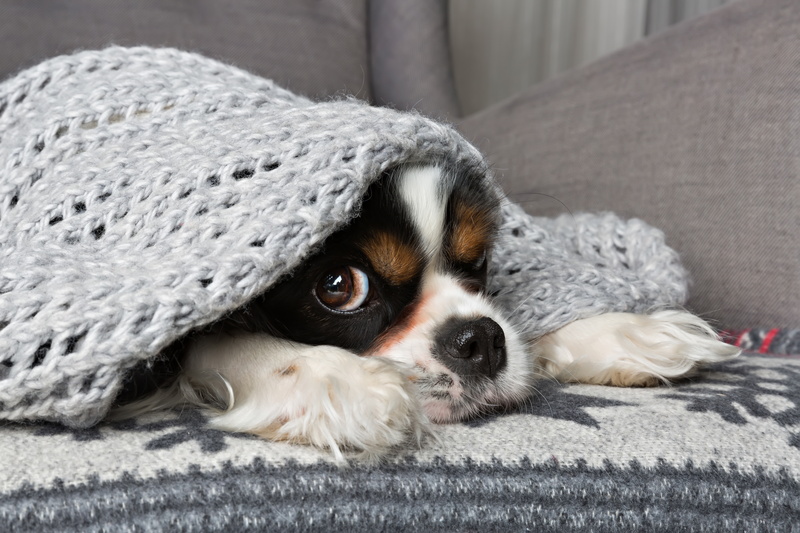
After the walk, provide your pet with a warm and dry place to sleep. If it is a dog that stays in the house, provide it with a warm surface somewhere near the radiator or other heat source, and if it is a dog that stays outside all year round, the dog bed will serve perfectly.
6. Pay attention to food
Expect your dog to eat more in the winter because his body burns calories faster, but do not overdo it with food, because overeating in dogs leads to weight gain, but also kidney and liver disease. After the walk, be sure to offer the dog water, regardless of the cold weather.
7. Choose the right leash
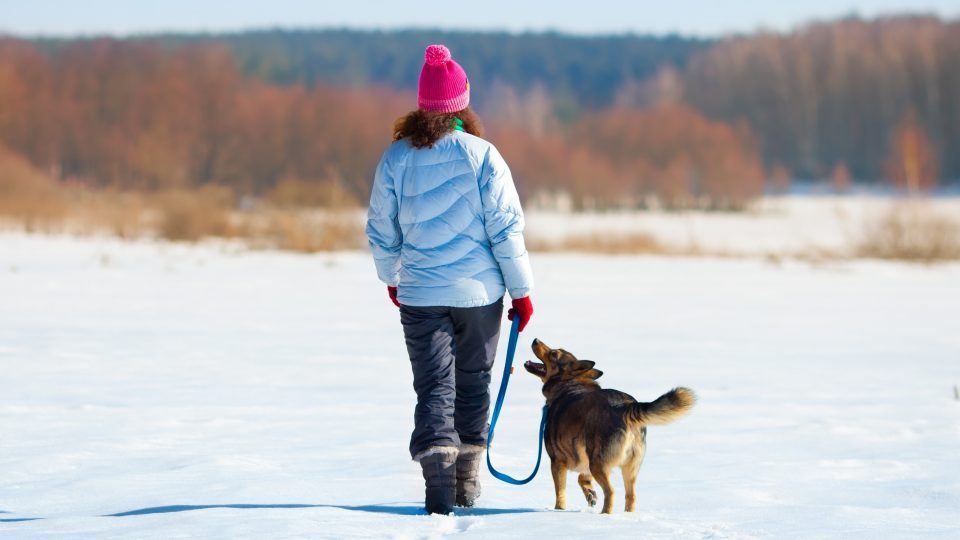
If you have a dog that prefers to choose and sets you up, you pay attention to choosing a leash in the winter. The pull-out leash is not recommended, as you will not be able to maintain control on slippery surfaces.
8. Keep an eye on the dog
Dogs are known for their refined sense of smell. However, during the winter months, when fog and precipitation are present, it could be very easily lost.
9. Do not throw snowballs on your pet!
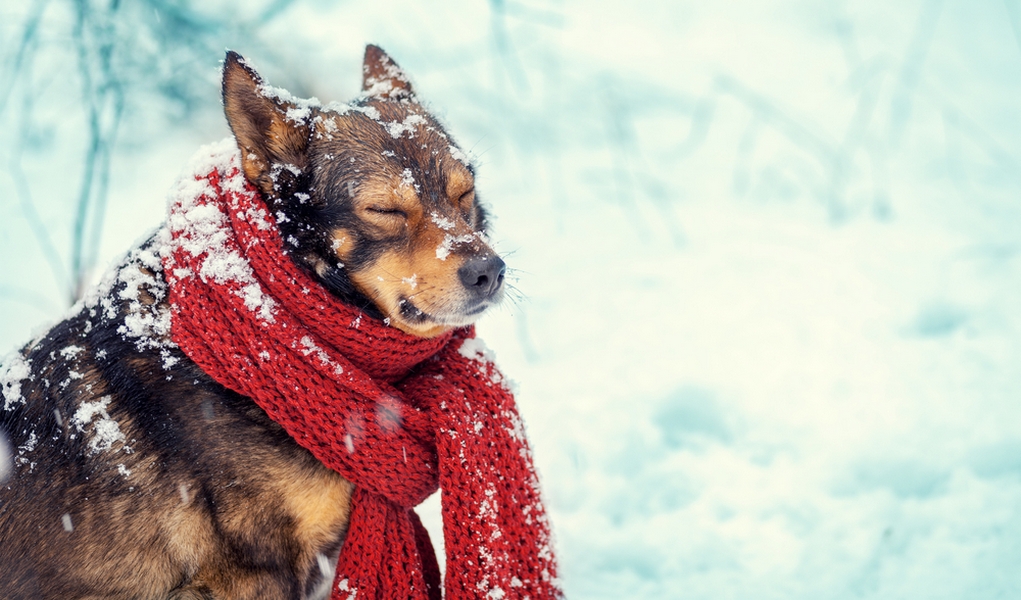
A very common and very big mistake – shooting a dog with snowballs. Although many dogs like to roll in the snow, some are not crazy about it. However, the owners often reach for this game because they have no other items to play and throw. In addition to being cold, snow can contain parasites and bacteria, which can lead to sore throats and even more serious colds. To avoid this, bring a toy when you go for a walk.
10. Pay attention to sniffing
Dogs like to sniff, and the sense of smell is what makes them good trackers, but it can also lead them to great danger. On cold winter days, people pour antifreeze into their vehicles to prevent freezing. Although very poisonous, dogs will be happy to taste it if they smell it, because it has a sweet taste. Unfortunately, this can lead to serious health problems, poisoning, and even death. In a very short time, ethylene glycol, the main ingredient in antifreeze, leads to damage to the kidneys and the central nervous system.
